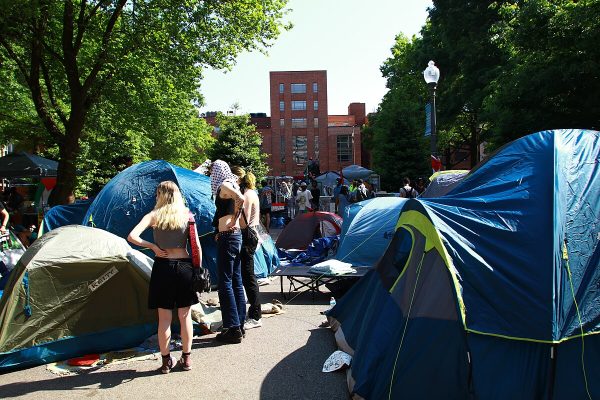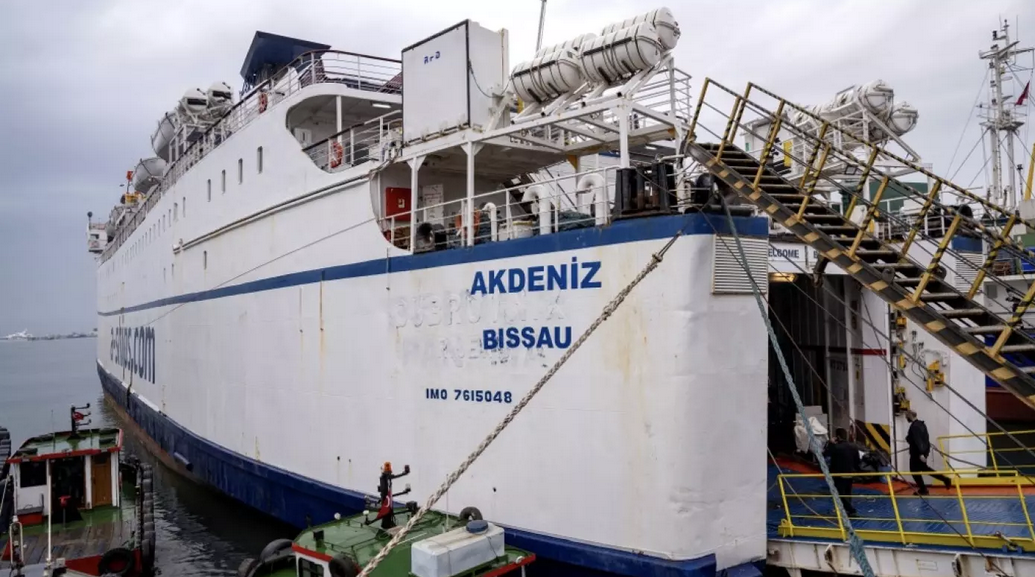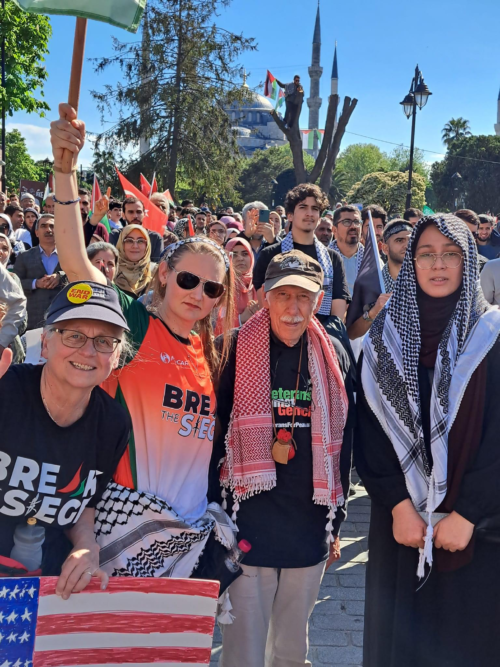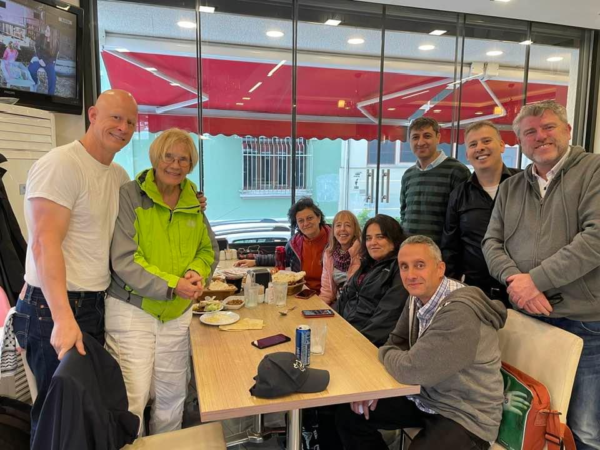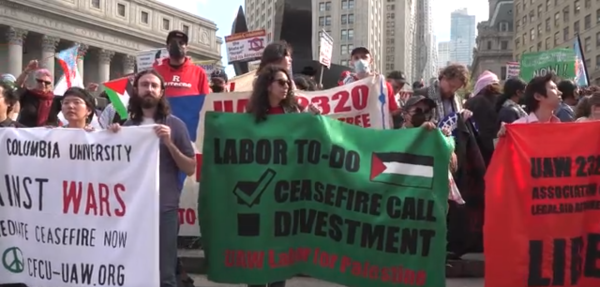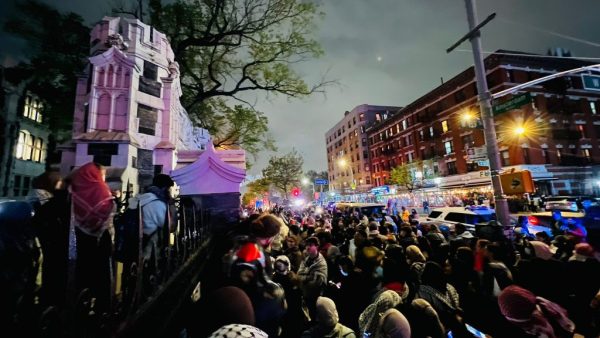
Photo by Claudio Schwarz
The world has a plastics problem. Never mind the horrifying pictures of a seahorse riding a cotton swab or a beached whale found with hundreds of plastic bags in its stomach. Plastic pollution has now progressed up the food chain to our diets, ingested as microplastic particles and even transferred from mother to fetus.
Each year, 400 million tons of plastic are thrown away, equivalent to 73 million barrels of oil, representing an ongoing threat to ecosystems and waterways across the globe. Landfills are now 25% plastic, while a plastic swathe twice the size of Texas swirls around in an endless gyre in the Pacific Ocean.
Coffee cups, condiment containers, and cutlery have all been plasticized for our convenience. Over one trillion plastic bags were thrown away last year, while massive piles overflow landfills and litter our beaches. Composed of various long-chain hydrocarbon polymers, plastic can take from 20 years (bags) to 500 years (bottles) to decompose, essentially another forever chemical, prodded by an unregulated packaging industry. Only 9% has ever been recycled.
So what to do with all the plastic? Continue burying in ever-increasing dumps (business as usual), reuse as “upscaled” consumer products, reprocess to petroleum feedstock for recycling, convert to fuel in various depolymerization schemes (e.g., steam cracking and pyrolysis), incinerate, or burn as refuse-derived fuel (RDF) to make electricity or heat?
The best is to reduce our reliance and cutdown on plastic packaging, requiring improved governance, education, and infrastructure. Sticking colour-coded recycling bins on the street and wishing for compliance isn’t good enough. The worst is to burn as fuel in a “waste-to-energy” plant, essentially incineration – as toxic as the replaced coal in terms of pollution and greenhouse gases. The exact opposite of decarbonization.
In various waste-collection centers, the plan now is to convert more plastics into RDF pellets. But one of the problems with plastic waste is the varying composition, such as PET (bottles), PVC (tubes), polypropylene (yogurt cups), and Styrofoam (takeout containers and packaging material). All are polymer hydrocarbons, difficult to separate into easily recyclable batches or break down as plastic feedstock or burnable fuel.
After processing, the RDF contains a mix of plastics as well as heavy metals and other toxic contaminants. In one such center in Asturias, Spain, 150,000 tons per year is produced, representing about 40% of household waste, where the reformed fuel will then be sold on to power plants for burning if allowed to proceed, including a nearby biomass plant (Hunosa’s La Pereda plant in Mieres). Other units in the US, the UK, and Sweden have already set up RDF waste-conversion plants to provide plastic fuel for electricity generation, district heating, and high-temperature manufacturing industries (i.e., steel, cement, and fertilizer). Expect more to come as plastic waste continues to increase, disastrous for the environment.
Better solutions are available, although each comes with unique challenges. Plastic recycling is difficult, breaking down the polymers into smaller units for reuse but is mechanically weaker than virgin plastic. As Aachen University professor of fuel engineering Peter Quicker noted, chemical recycling produces “an inferior product, such as a low quality oil that has to be treated with great effort in order to turn it back into plastic.”
Other schemes include plastic-eating bugs and bacteria, plant-based biodegradable plastic, and substitution, such as asphalt-enhanced roads, interlocking mortarless construction blocks, and even upscaled textiles. A UK-based company has created an organically combustible packaging material that breaks down in weeks.
Reduction is something we can all do. Carrying a reusable cotton grocery bag in our pocket is simple. Do bananas, oranges, and apples need to be wrapped? We can all start by cutting down and watching what we use and throw away. Of course, the packaging industry must be held to account via globally accepted regulations, which may not apply for years, even decades.
The fourth session of the Intergovernmental Negotiating Committee (INC-4) met in Ottawa in April to develop an international legally binding policy on plastic pollution. As noted by Inger Andersen, the UN executive director of the UN Environment Programme, “the public is heartsick of plastic pollution,” adding that circularity is needed to avoid exposure to harmful chemicals and protect human and ecosystem health.
Indeed, we have to do something to stop the excess. But we should never burn plastic for fuel or heat. We need a new model to generate energy, not more wasteful power plants that produce even more pollution and greenhouse gases. When countries have started to phase out coal, it is retrograde in the extreme to burn plastic refuse as a replacement. We need only look to the sun and wind to meet our energy needs.

